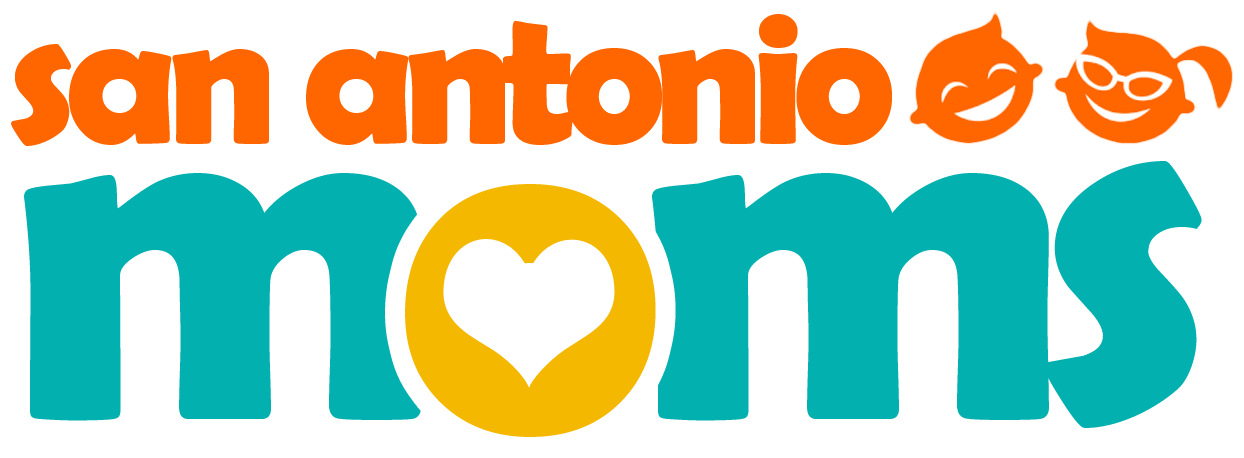Specific Learning Disability in Math also Called Number Blindness
Table of Contents
Dyscalculia
Dyscalculia describes a specific learning disability in the area of mathematics. It has also been termed number blindness. This, much like dyslexia, is a neurological problem.
Symptoms of Dyscalculia
- Difficulty working with numbers
- Confused by math symbols
- Difficulty with basic facts (adding, subtracting, multiplying, and dividing)
- Often will reverse or transpose numbers (36: 63)
- Difficulty with mental math
- Difficulty telling time
- Difficulty with directions (as for playing a game)
- Difficulty grasping and remembering math concepts
- Poor memory for the layout of things (for example, numbers on a clock)
- Limited strategic planning skills (like used in chess)
How is Dyscalculia Diagnosed?
An awareness of the problem by either the teacher or parent brings this disability to light. Your family physician will likely refer you to a specialist. This specialist will administer a battery of tests to determine the presence of a disability.
A child with dyscalculia will have average or above-average intelligence but cannot achieve to that degree in the area of mathematics.
How is Dyscalculia Treated?
A child diagnosed with dyscalculia will typically receive an IEP (Individualized Education Plan) in the public school system, whereby he will receive individualized instruction in math from a trained special educator.
There is no cure for Dyscalculia, but with intervention, these children can learn math and can function in the world. Typically instruction involves multi-sensory methods and other alternative methods of teaching any given math skill. Repetitive practice does not generally aid a child with dyscalculia.
What Can I Do to Help my Child with Dyscalculia?
Play math games at home, practicing and reviewing concepts in different ways. Touch math is an excellent way to teach children basic facts. Basically touch math is uses a multi-sensory approach to learning math, and it works!
Work to visualize math problems. This may mean drawing a picture or chart to help your child understand the problem. Have your child look at pictures charts or graphs provided with her math material, and spend the time to really understand them before moving into solving the problem.
Try having your child read the problem aloud, and see if that helps. Give him an example of the problem worked out or think about a real-life example of the problem. Use graph paper to help keep the numbers lined up correctly, and ask your child’s teacher to un-clutter the worksheets that come home to prevent too much visual information from being distracting.
The most important thing you can do for your child with dyscalculia is to never give up. Each child can learn; some just learn differently.
